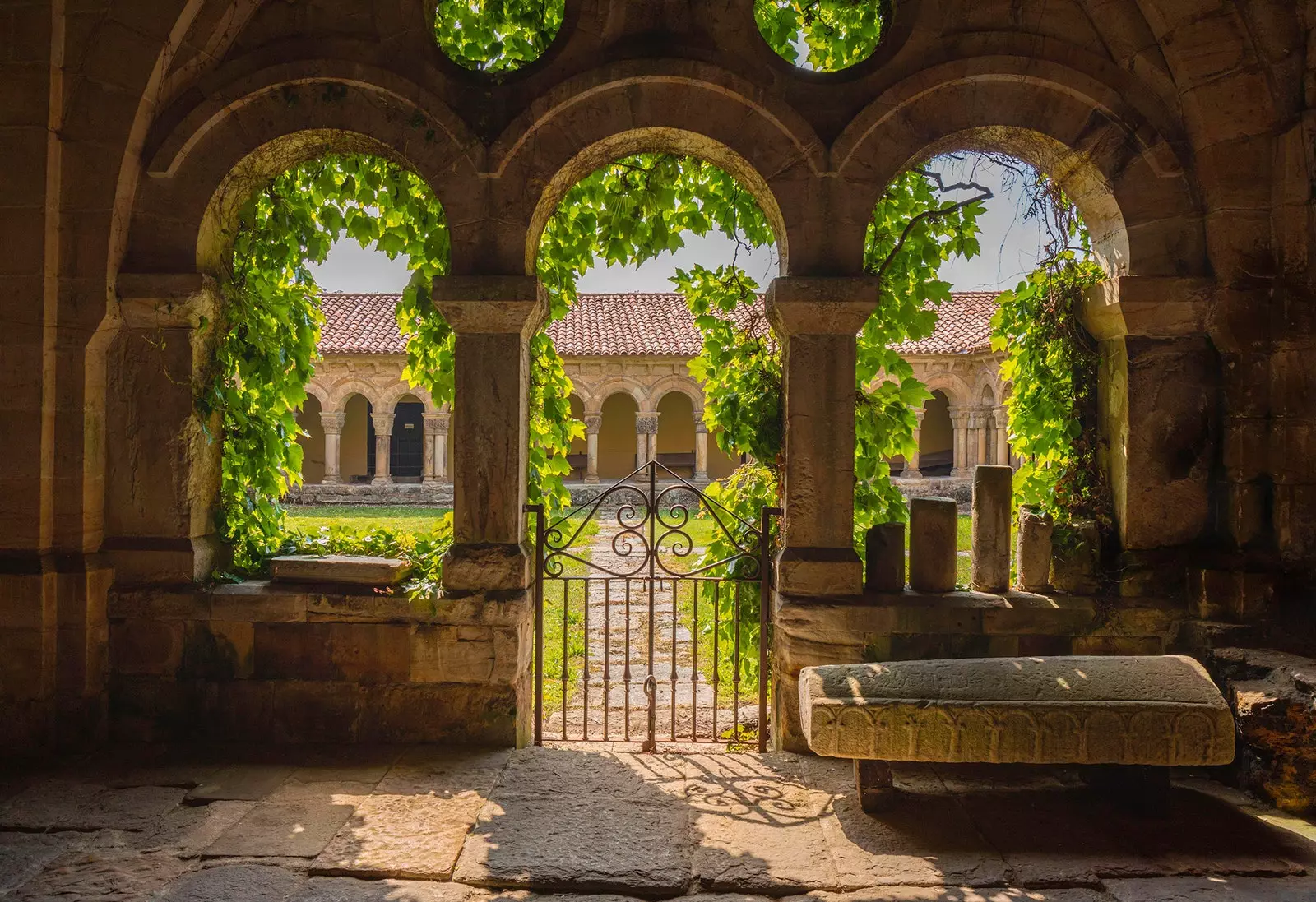
The cloister of the Collegiate Church of Santillana del Mar is one of the most outstanding examples of Romanesque in Cantabria
Santillana del Mar (Cantabria) is popularly known as the Villa of the Three Lies, and it's about time someone refutes the misunderstanding.
Santillana is not a saint, say those who have never walked through the beautiful Romanesque cloister of the Collegiate, one of the most outstanding examples of this style in Cantabria. The origin of this collegiate church must be sought in the ninth century, when monks from Al Andalus decided to hide the relics of Saint Juliana in this green corner of what was then the Kingdom of Asturias.
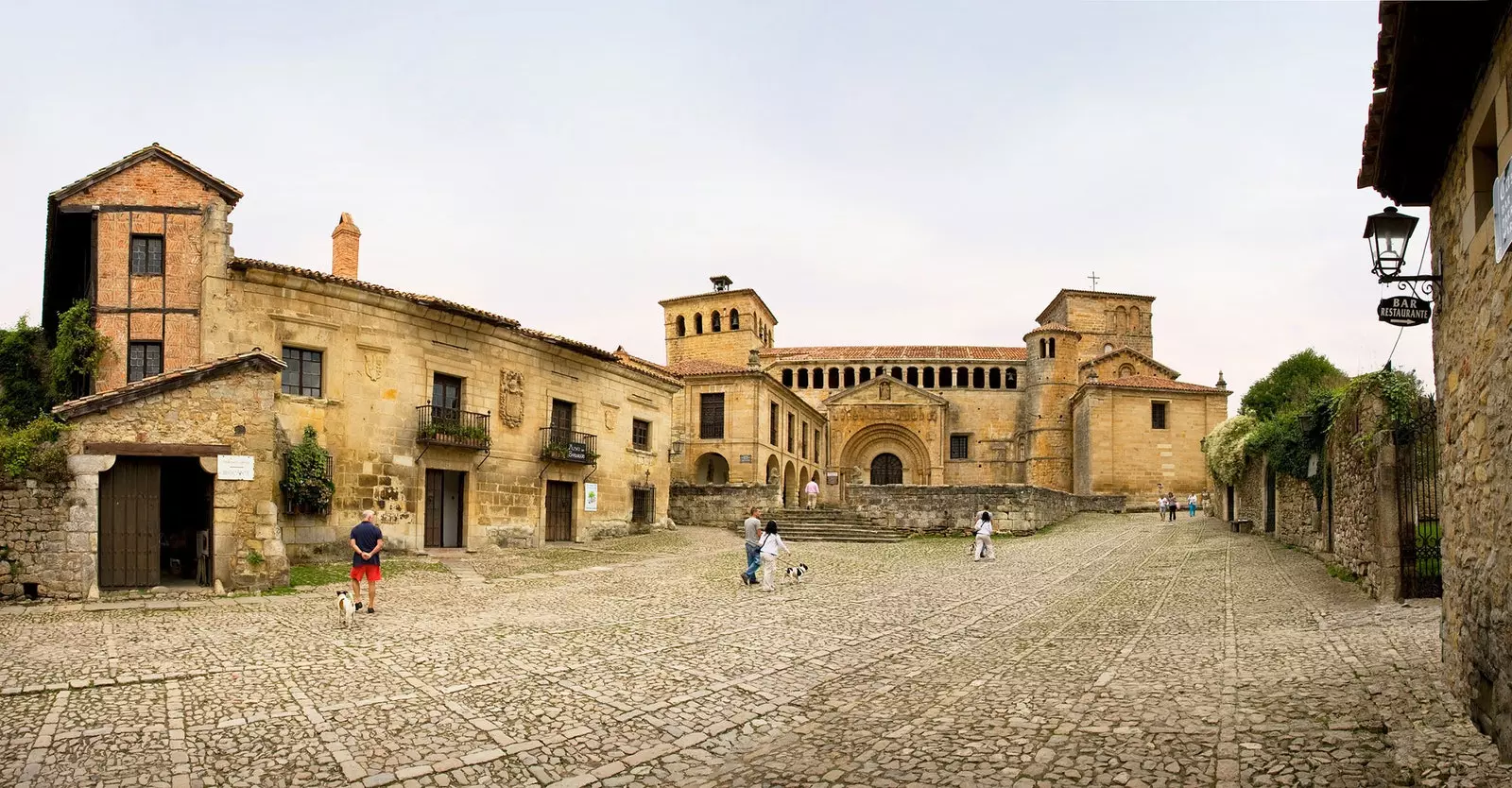
The Collegiate Church of Santa Juliana in Santillana del Mar
Thanks to the devotion awakened by the remains of Juliana, Santillana achieved great notoriety during the Middle Ages, becoming not only ecclesiastical Capital, also in a civil center of the first order when it was constituted as merino residence, maximum representative of the king in Asturias de Santillana. Therefore, the first lie can be discarded: Santillana may not be a holy town, but it owes a lot to one who rests in it. They say that everything sticks, and in the case of Santillana, that includes beauty.
The second lie firmly concludes that Santillana is neither holy nor flat. The only two slopes that the town offers may seem rugged to a Dutch person, but for Cantabrians accustomed to going up and down pindian slopes at all hours, To say that Santillana is not flat would be to attack its own orography.
Their two main streets, Carrera and Juan Infante, they advance in the form of a tuning fork until they join Cantón Street, which leads directly to the Collegiate Church. Before, however, it is advisable stop at Plaza Mayor. Here, on the least flat point of the town, rises the Merino Tower (13th century), where the king's representatives lived in the Asturias de Santillana, and next to it, the Gothic Tower of Don Borja. Around both bastions are erected noble palaces such as the Casa del Águila, built by the Estrada family, or the House of the Vine, both from the 16th century.
The concentration of such buildings around the Plaza Mayor is a sort of medieval downtown, since the market also took place here. Anyone who has walked through the Azca in Madrid, surrounded by enormous towers that symbolize power and at whose feet huge shopping centers open, will be able to understand what happens in the Plaza Mayor de Santillana. Except that, in the Middle Ages, everything was always smaller.
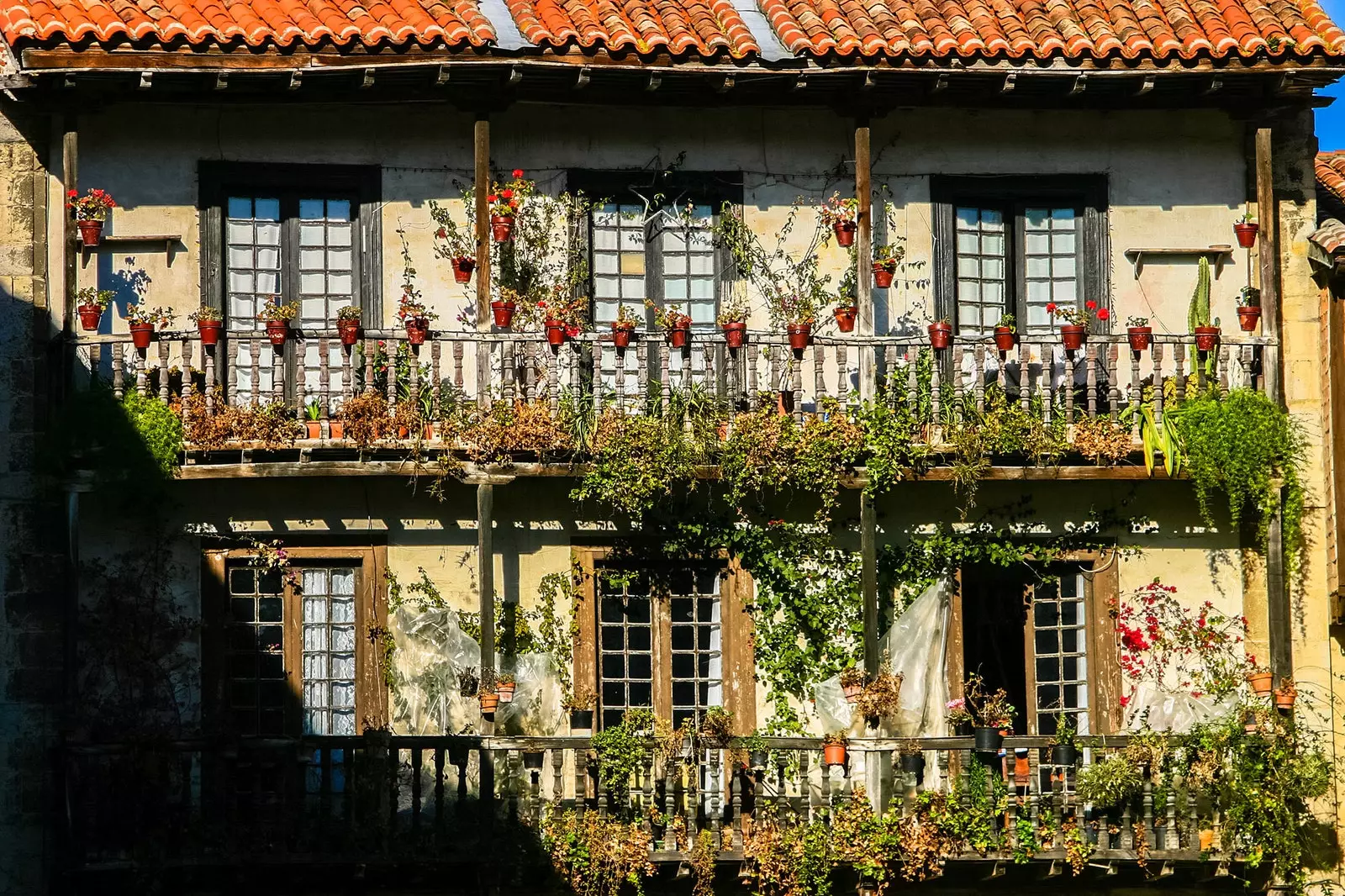
Santillana del Mar, a surprise in every corner
The third lie that is told about Santillana is that it has no sea. There is no doubt that it lacks a port, and the waves of the Bay of Biscay do not hit its sides as they do in Santander, Laredo or Castro Urdiales. However, Santillana owes much of its importance to be located in a place very close to the coast, just 8 kilometers away.
Your nearest beach is Santa Justa, a cove of golden sand that hides a church under its cliffs and watched from above for what little remains of medieval tower of San Telmo. The existence of a tower in this place is due precisely to the need to control access to Santillana from the nearby sea, and it is not the only example. Barely 7 kilometers from the Collegiate Church is another maritime castle, as old as the church, known as the only example of castral motte in Spain: the speck of Trespalacios. The doors of Santillana, therefore, reach the sea.
I have dedicated myself to denying lies instead of telling the truth because Santillana is a place that appears in textbooks, manuals and books of all kinds. Those who don't know her yet are in luck, because with the Cantabrian town it happens as with Rome: once seen, you would like to forget it to rediscover its beauty.
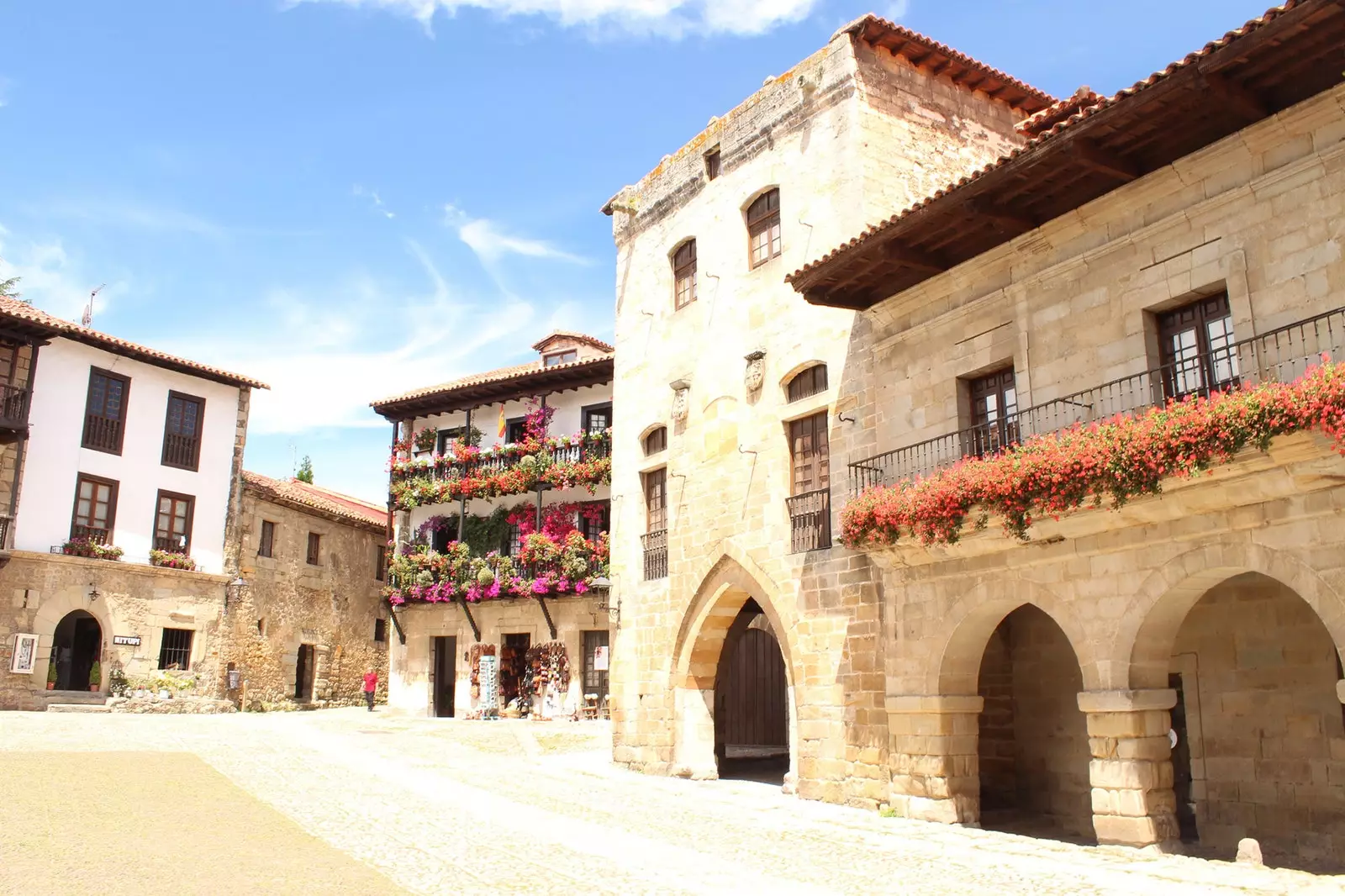
To maintain its charm, the city council prohibited building new buildings
decades ago the city council prohibited building new constructions, wishing to maintain intact an urban complex where Baroque palaces stand out erected by the main noble families of the Mountain. Los Cos, Bustamante, Barreda and other renowned surnames wanted to live next to the towers of the Plaza Mayor, just as today's celebrities cannot avoid the temptation of moving to the center of Madrid: there are opportunities, relationships and money. And in Santillana all this happened, before time stood still and its importance fell into oblivion.
In short, Santillana is as holy as the martyr to whom it owes its foundation, flat compared to the relief that surrounds it and the sea is very close, so much so that a man from La Mancha would laugh at anyone who still defended the opposite.
The Villa of the Three Lies does not need them to be noticed, surrounded as it is by history and nature. The closeness of the caves of Altamira , the Sistine Chapel of prehistoric art, gives even greater brilliance to a town that was once the capital of an extensive territory. Lies in Santillana are already told too many, like offer cider to tourists, selling it as something typical of Cantabria, when the Mountain is more about grapes than apples.
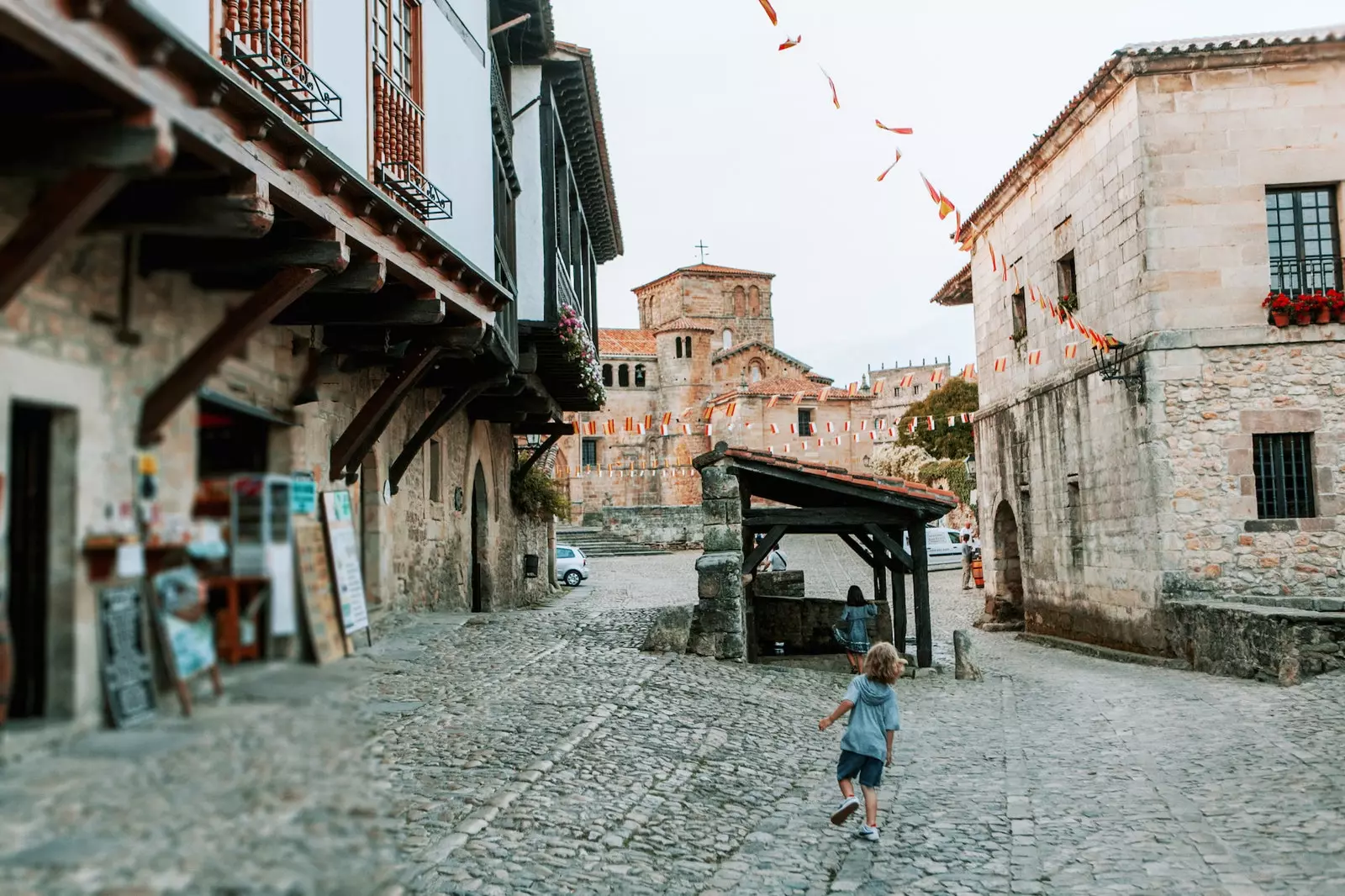
With Santillana del Mar it happens as with Rome: once seen, you would like to forget it to rediscover its beauty
Also is true that some local menus abuse with their high prices and, therefore, to eat in Santillana it is better to leave it. Their Hotels They are famous for the number of celebrated weddings, Well, there are few in Cantabria who do not have a family member or acquaintance married in Santillana. But if you want to eat 'Cantabro', it is better take the CA-131 that joins the Villa de las Tres Mentiras with another renowned town: Comillas.
During the journey we will be able to appreciate closely the emerald green of the meadows, the distant snow of the mountains and the immensity of the blue sea that seems to embrace Cantabria from sunrise to sunset. Stop in the little town of Liandres and visit Remedy restaurant to understand what I'm talking about.
The restaurant is located in the site of an old hermitage located on top of a cliff, looking west. The sunsets that it offers while you taste its famous Ham croquette they are so spectacular that many diners put their food aside and decide to devote their full attention to the setting sun.
Sitting on the terrace of Remedy, the lies told about Santillana are less hurtful: the town itself has taken it upon itself to captivate us.
